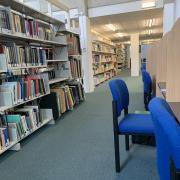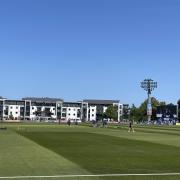
The Mayor of London and London Assembly Elections will take place on Thursday 6 May 2021. This election, which occurs every 4 years, last took place in May 2016. The 2020 race was delayed by a year due to the COVID-19 pandemic and will see candidates competing for a three-year term instead of the usual four. Key points of interest this time round will be voter turnout compared to previous years and the level of participation among younger voters.
These critical elections determine the selection of the Mayor of London, the 14 Members of the London Assembly that represent London’s 14 Constituencies and the 11 Assembly Members that represent the whole of London (London-wide Members). Their key powers include investment in public transport, fire services and policing plus formulating housing and planning strategy with borough-wide housing supply targets (London Plan) so it is important that every section of the community is represented.
Interestingly, there is an increase in the number of candidates this year totalling 20 compared to 12 in 2016 with, amongst others, the current mayor Sadiq Khan for Labour, the Conservative candidate Shaun Bailey, UKIP’s Peter Gammons, Mandu Reid for the Women’s Equality Party, and the Greens’ Sian Berry. Plus, there are also some younger candidates including Max Fosh aged 26, and Niko Omilana aged 23, who are utilising their social media presence to increase young people’s interest in politics and around their mayoral bid.
Maybe this 12-month delay has attracted more interest in these key elections but what will be interesting to note is the voter turnout on the day. Historically, regional elections tend to have a lower turnout than at national level. The London Mayor results of 2016 showed a London wide turnout of 46%, with the constituency of Bexley/Bromley at 47%. Even though it was the highest recorded turnout since London was granted the right to elect a mayor in 2000, it still compared lower to the general election three years later in 2019 with a turnout of 61%.
Moreover, voting absenteeism especially in the 18–24-year-old category needs to be addressed. In the General Election of 2019, only 47% of those 18-24 who were registered did vote. Thus, resulting in political underrepresentation. Could this be explained by young voter apathy with a sense of disengagement towards the main political parties? The younger people did vote in higher numbers in the EU Referendum of 2016 where results found that 64% of those young people 18-24 who were registered did vote, rising to 65% among 25-to-39-year-olds. This turnout especially among young people aged 18 to 24 was almost double the level that has been widely reported according to evidence compiled at the London School of Economics. This could show that young people prefer issue-based politics to party politics.
The need to get younger people involved in the democratic process and maybe feel less disconnected from politicians is vital. Local community-based initiatives such as the Bromley Youth Council encourages young people aged 11-19 (up to 25 for young people with disabilities) to have a say in how local services are organised and connects them with local democracy. This is an ideal way to show how important it is to represent the views of young people in Bromley and works to influence policy and development within the local authority on their behalf. Also, greater use of social media by candidates will help to engage with the younger voting group. Whatever measures are used, it is vital that everyone who is registered to vote takes the opportunity to have a say on the 6th May on how London is run for the next 3 years.



























